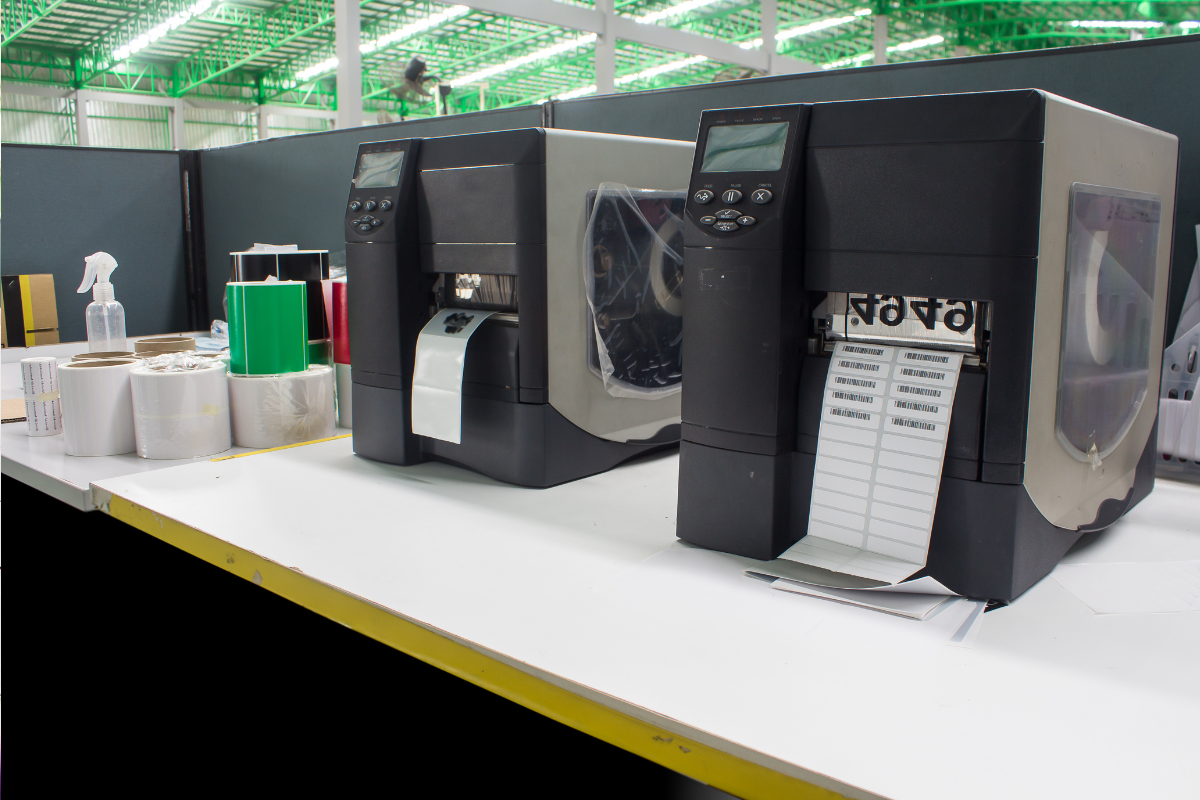In today’s fast-paced e-commerce world, efficiency and precision are more than just buzzwords—they’re requirements.
Enter the thermal label printer, a device that’s steadily transforming the shipping landscape. Renowned brands have integrated the science of thermal printing to deliver top-notch solutions for businesses.
So, why exactly has the thermal label printer become the ultimate solution for shipping? Let’s delve in.
Table of Contents
ToggleFeatures Of A Thermal Label Printer
At its core, a thermal label printer’s excellence stems from its unique features:
- Fast Printing Speeds: For businesses that ship hundreds or even thousands of packages daily, speed is paramount. These printers deliver, and in record time.
- High-Quality Print: Say goodbye to smeared and unreadable labels. Thermal printers ensure clarity, reducing shipping errors.
- Cost-Effective Operation: No ink means no recurring expenses on cartridges. It’s a straightforward savings equation.
- Durable & Long-Lasting Prints: These labels withstand time, temperature, and wear. Packages are traceable from start to finish.
- Environment-Friendly: The absence of ink cartridges translates to less waste, making it a greener solution.

The Benefits Of Using A Thermal Label Printer For Shipping
- Improved Efficiency in Shipping Operations: Quick label printing integrated with platforms like a Rollo thermal label printer not only speeds up the process but ensures synchronization with shipping databases.
- Clear & Legible Labels Enhance Package Handling: It’s simple—clear prints lead to fewer misrouted or lost packages, ensuring happy customers and minimized losses.
- Cost-Effective in the Long Run: Savings from inkless printing combined with reduced errors contribute to a healthier bottom line.
- Environmentally Friendly Printing Solution: A boon for companies looking to reduce their carbon footprint, going inkless also means reduced environmental impact.
Case Study – A Real-world Application Of Thermal Label Printers
Consider a mid-sized e-commerce store that shifted to thermal label printing last year. Within months, they reported a 15% increase in shipping efficiency and a 25% reduction in label-related complaints.
The game-changer? The seamless integration of their thermal label printer with their shipping platform.
This integration eliminated tedious manual data entries, reduced the chances of human error, and accelerated the entire shipping process.
The consistent clarity of thermal labels ensured that barcodes were always readable, which in turn, facilitated smooth deliveries and fewer returns.
Moreover, the shift also led to noticeable cost savings as there were no more expenses on ink and a significant reduction in re-shipments due to label errors.
Common Misconceptions About Thermal Label Printers
One might hear concerns about the durability or clarity of thermally printed labels. However, evidence-based research and countless user testimonials suggest otherwise.
With technological advancements, these printers have only evolved to be more reliable and efficient.
Like all innovations, thermal label printers have been surrounded by myths:
- Durability Concerns: Some think thermal labels fade quickly. In truth, modern labels, resist fading, withstand various conditions, and are built to last.
- Clarity Doubts: Despite assumptions, thermal printers produce sharp and clear prints, ensuring error-free shipping and easy barcode scans.
- Limited Customization: Contrary to belief, today’s thermal printers offer a wide range of label sizes and styles to suit diverse needs.
- High Initial Costs: While the upfront cost might seem higher, the long-term savings in efficiency and lack of ink expenses compensate for it.
- Operational Complexity: Modern thermal printers are user-friendly and straightforward to operate.
In essence, while misconceptions linger, the overwhelming user feedback and industry data champion the efficiency and reliability of thermal label printers in contemporary shipping.

How To Choose The Right Thermal Label Printer For Your Needs
When diving into the world of thermal printing, consider factors like print speed, compatibility with your shipping platforms, and ease of use.
Remember, a good printer is not just about quality prints but also about how seamlessly it fits into your operational ecosystem.
Selecting a thermal label printer requires a keen understanding of both its features and your operational needs. Here’s a condensed guide to making an informed choice:
- Print Speed: For high-volume shippers, fast printing is essential. Estimate your shipment volumes and choose a printer that can keep up.
- Platform Compatibility: Ensure the printer integrates smoothly with your shipping or inventory software to simplify the printing process and reduce manual errors.
- Ease of Use: Opt for user-friendly models that require minimal training. A straightforward setup and intuitive controls are beneficial.
- Label Versatility: Different shipments may need varied label sizes. Choose a printer that can handle multiple label types with ease.
- Reliability: A quality printer from a reputable brand, like Rollo label printers, can offer longevity and reduce maintenance disruptions.
- Cost Considerations: Look beyond the initial price. Factor in ongoing costs like label replacements and potential maintenance.
In short, while quality printing is vital, ensure the printer aligns with your business operations for optimal efficiency.
Conclusion
The importance of the thermal label printer in the modern shipping solution landscape cannot be understated.
It’s not merely about printing labels—it’s about ensuring your packages reach their destination correctly, cost-effectively, and efficiently. With advancements it’s clear that the future of shipping lies in thermal label printing.
If you’ve had experiences with thermal label printers or insights to share, we’d love to hear from you in the comments below. And if you found this piece informative, don’t hesitate to share it with your network.











